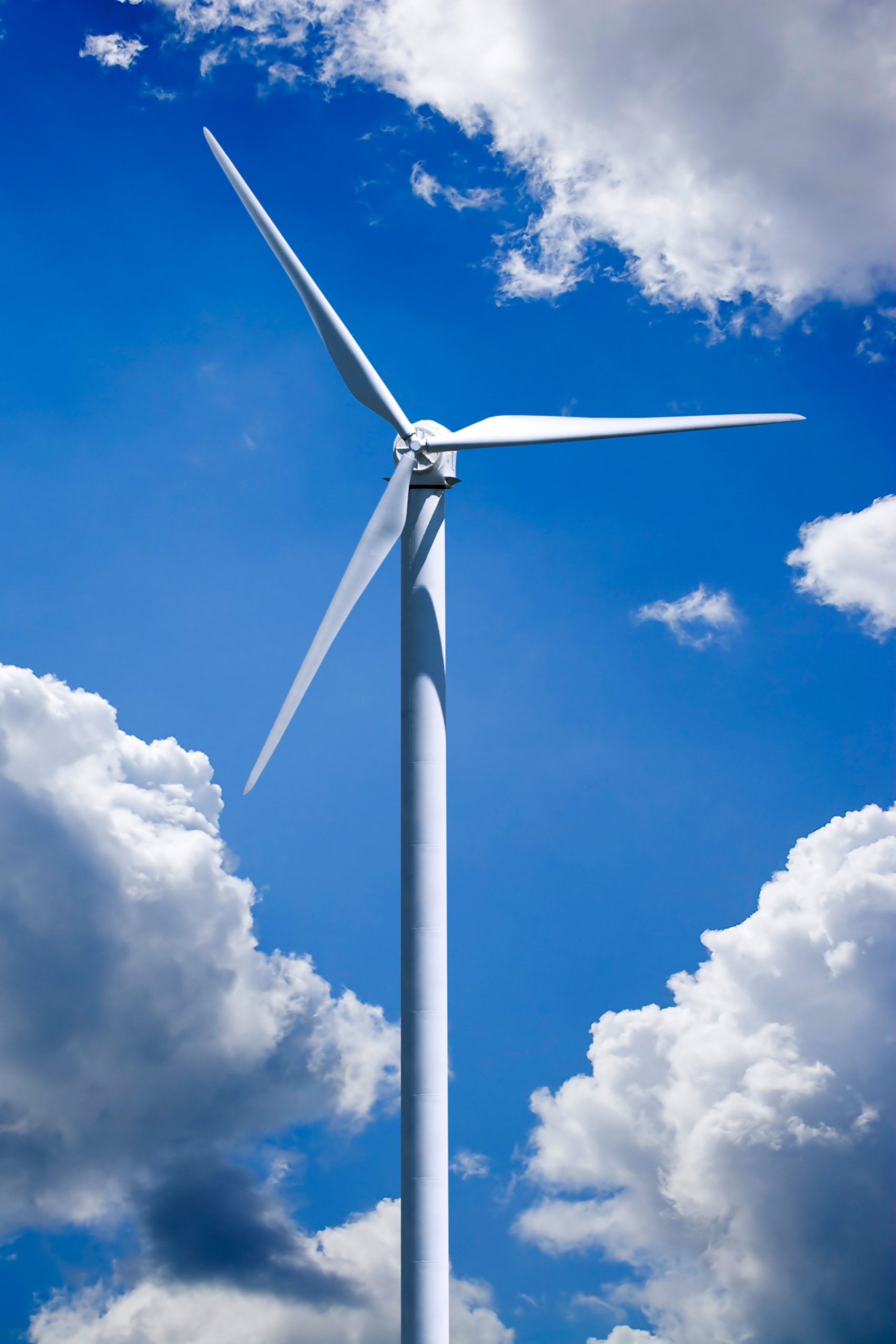Solar power is a topic that has been gaining popularity in recent years, and for good reason. With the increasing demand for renewable energy sources, solar power has emerged as one of the most promising options. However, there are still many misconceptions about this form of energy, particularly when it comes to its environmental impact. In this blog post, we will explore the truth about solar power and answer the question: Is it really green?
Introduction to Solar Power and Its Environmental Impact
Solar power involves harnessing the energy from the sun’s rays and converting it into electricity using photovoltaic cells or concentrated solar power systems. This process does not produce any emissions or pollutants, making it an attractive option for those looking for clean energy. Additionally, solar panels require very little maintenance once they have been installed, which means that their carbon footprint over time is minimal.
However, while solar power may seem like a completely environmentally friendly option at first glance, there are some aspects of its production and installation that can have negative impacts on the environment. For example, the manufacturing process of solar panels requires the use of certain chemicals and materials, such as silicon, which can be harmful if not disposed of properly. Furthermore, the transportation and installation of these heavy panels can also contribute to carbon emissions.
The Cost of Solar Power: Is It Worth the Investment?
One of the main barriers to widespread adoption of solar power is its initial cost. While the long-term savings can be significant, the upfront costs of installing solar panels can be prohibitively expensive for many homeowners and businesses. However, with advancements in technology and increased demand, the cost of solar power has been decreasing steadily over the past decade.In addition to the financial benefits, there are also other advantages to investing in solar power. For example, by generating your own electricity, you become less reliant on traditional utility companies, which can provide greater independence and control over your energy usage.

Choosing the Best Solar Power Generator for Your Needs
When choosing a solar power generator, there are several factors to consider. Firstly, you need to determine how much electricity you will need to generate based on your daily usage patterns. You should also consider the size and layout of your property, as well as the amount of direct sunlight it receives throughout the day.There are two main types of solar generators: off-grid and grid-tied. Off-grid generators are designed for remote locations where access to the electrical grid is limited or nonexistent. These systems typically include batteries to store excess energy generated during the day for use at night or during periods of low sunlight. Grid-tied generators, on the other hand, are connected directly to the electrical grid and allow you to sell excess energy back to the utility company.
Installing Your Own Solar Panels: A DIY Guide
While installing your own solar panels may seem daunting, it is possible to do so with proper planning and preparation. The first step is to assess your property and determine the best location for your solar panel array. You will also need to choose the appropriate type and size of panels based on your energy needs and budget.Once you have selected your equipment, you will need to obtain the necessary permits and permissions from your local government and utility company. It is recommended to hire a professional installer to ensure that everything is done correctly and safely.Overall, while there are some challenges associated with transitioning to solar power, the benefits far outweigh the drawbacks. By taking steps towards cleaner energy, we can all play a role in protecting our planet for future generations.